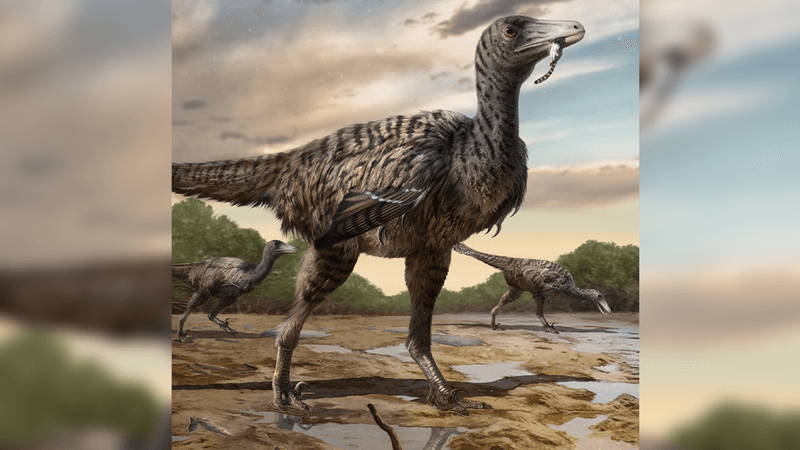New Zealand’s famous kiwi bird has little rudimentary wings, no tail, and a long, slender bill with nostrils at the end. These endangered birds are also nocturnal with a highly developed sense of smell. Researchers have now sequenced the kiwi genome for the first time ever, revealing the genetic changes that underlie their cute and curious mix of features. The findings were published in Genome Biology this week.
When the team led by University of Leipzig and Max Planck Institute for Evolutionary Anthropology researchers sequenced the genetic code of two North Island brown kiwis (Apteryx mantelli), they discovered genetic changes that reflect the kiwi adaptation to nighttime foraging. They rely on smell, not sight: Several altered genes have inactivated color vision, while others are linked to a high diversity of odorant receptors.
The kiwi spends its days in caves, emerging at nightfall. So it’s very likely that the bird lost its color vision "since this was no longer needed for its new nocturnal lifestyle," first author Diana Le Duc from the University of Leipzig says in a statement. Use it or lose it, right? Specifically, while the gene responsible for black and white vision was similar to other vertebrates, the team identified mutations in the green and blue vision receptor genes.
Meanwhile, Le Duc adds, "The kiwi's sense of smell – which was required for foraging in the dark of the night – became more acute and the repertoire of odorant receptors increased adapting to a wider diversity of smells." Their sniffing skills have been likened to that of mammals in the past. In fact, their other non-birdlike qualities include a low metabolic rate and low body temperatures. The team did find changes in genes involved with energy expenditure and metabolic processes.
Fewer than 3% of all bird species are nocturnal. The researchers estimate that these changes took place about 35 million years ago, after the kiwi ancestor's arrival on the island. It’s possible that rival birds, such as a three-meter-tall (10-foot-tall) moa, took over daytime food resources, forcing the kiwi to adopt an alternative lifestyle.
Unfortunately, when the team compared the sequences of the two individual birds, they found little genetic variability in the population: The diversity of the kiwi genome appears to be as low as that of inbred birds. "This is an important indication of the level of the threat," Le Duc says in a BioMed Central release, "and we expect further insights from the genome to help in developing conservation management strategies."




